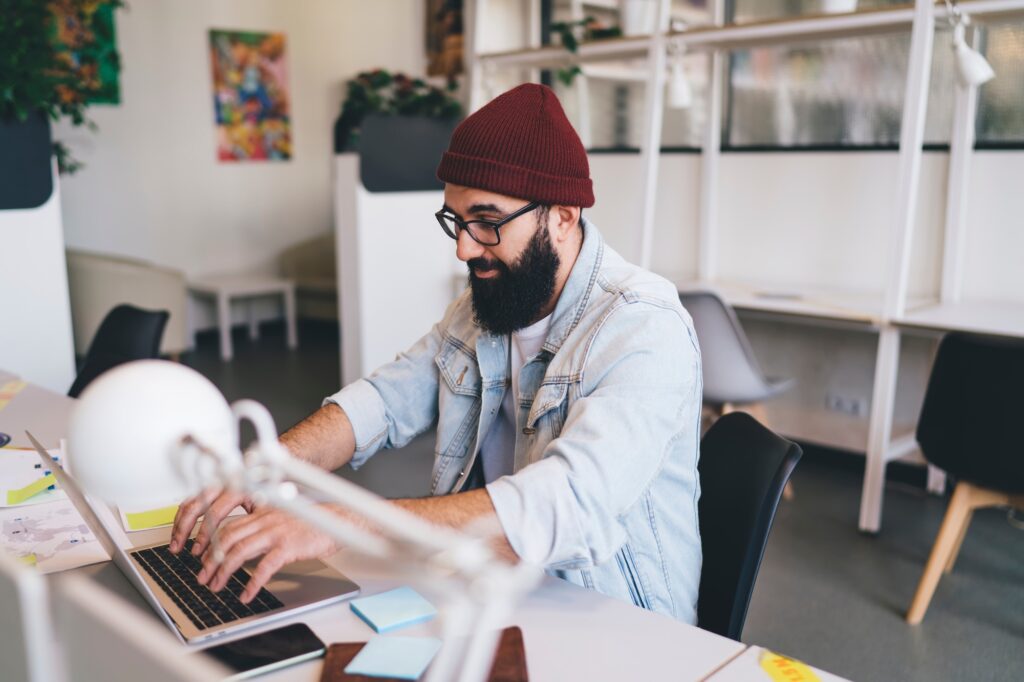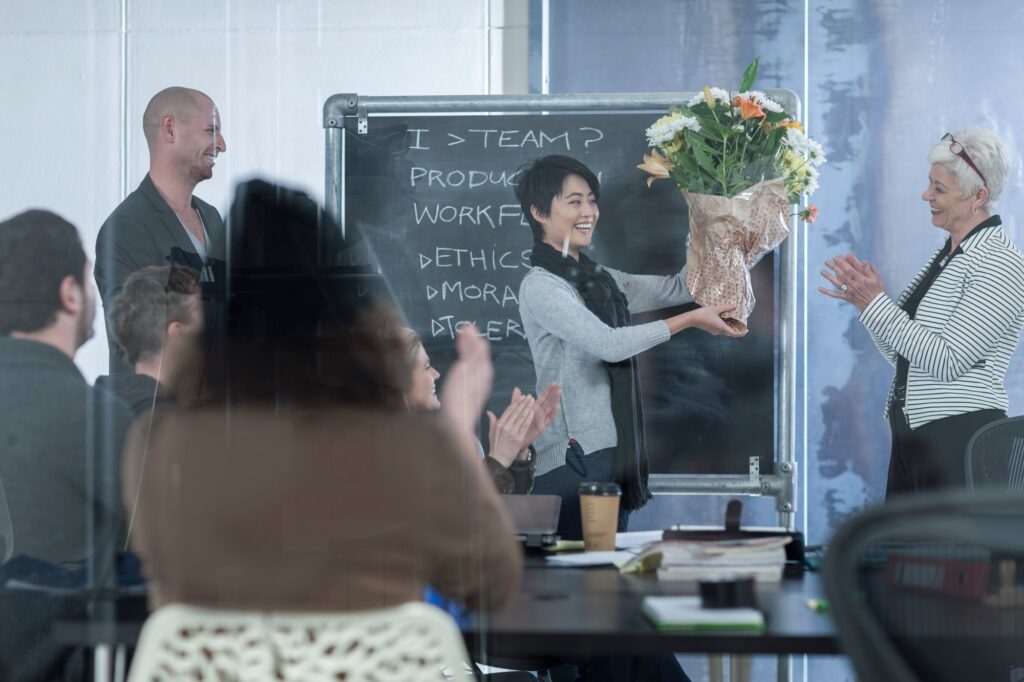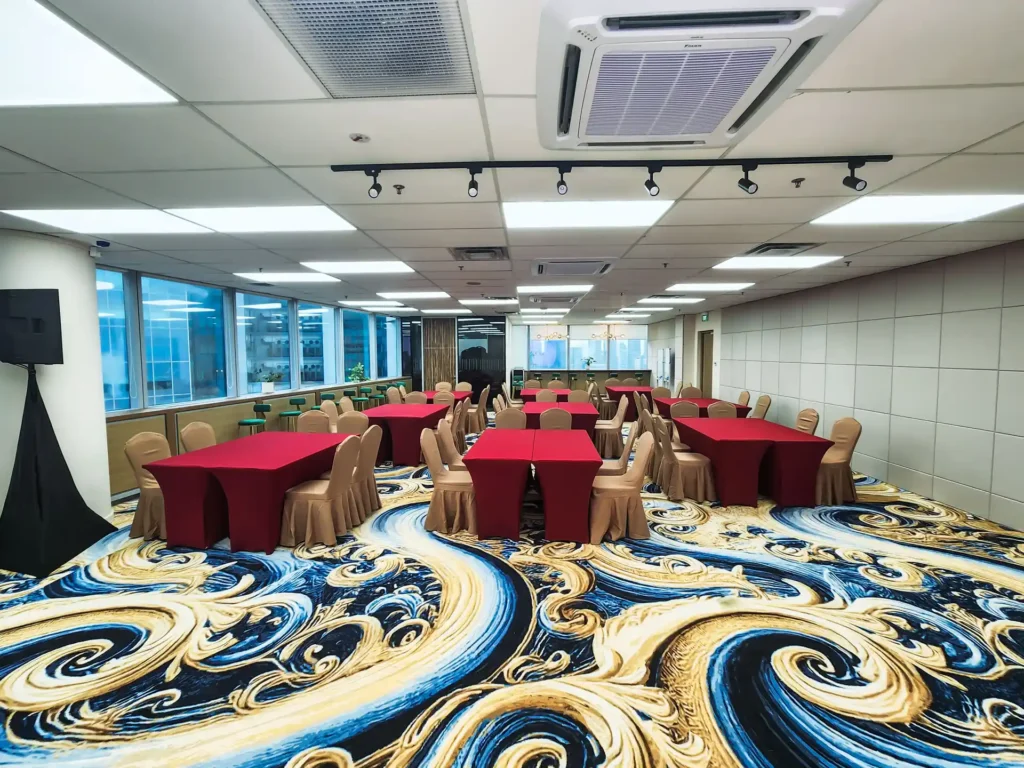The Everyday Impact of Our Work Environment
We spend a big chunk of our lives at work, often more hours than we do at home during the week. So it’s no surprise that how workspace affects productivity isn’t just a design question, it’s a human one. As a team, we’ve seen how much a workspace can either lift us up or wear us down.
Whether it’s the lighting, the noise, or even how close the pantry is to our desks, small things can chip away at our focus or quietly support our flow. And while we all work differently, the environment we’re in shapes how we show up, think, and collaborate.
More Than Just Aesthetics: Why Design Matter
Let’s be honest, we all love a pretty office. But great design isn’t just about what looks good on Instagram. It’s about creating a space where people feel energized, safe, and motivated. We’ve worked in places where the office looked sleek, but the layout made everyone feel boxed in. And guess what? Productivity plummeted.
Good workspace design aligns with how we move, think, and connect. It considers light, air, space, and sound, not just color palettes and trendy furniture.
Lighting: The Unsung Hero of Focus
It’s shocking how often lighting is overlooked. We once had a meeting room with harsh, white fluorescent lights, and nobody ever booked it unless they had to. On the flip side, the rooms with natural light? Always in demand.
Natural lighting has been proven to improve mood and alertness. When our workspace embraces daylight and offers adjustable lighting, we get fewer headaches, less fatigue, and more done.
How Layout Influences Collaboration and Flow
Open-plan offices were once the trend, but not all of us thrive in a space without boundaries. What we’ve learned is that flexibility is key. Teams need open areas for collaboration and quiet corners for focus. A good workspace should allow us to shift based on the task, not force us into a single mode all day.
We remember a time when we introduced moveable partitions in a shared space. The result? Teams naturally started reorganizing the room depending on the day’s needs. Productivity, and satisfaction, went up.
Color, Noise, and Temperature: The Silent Influencers
It’s wild how many people ignore these three. A room that’s too cold kills concentration. One that’s too warm leads to afternoon yawns. And don’t get us started on offices without acoustic balance, the constant background noise is exhausting.
Even color can shift our mood. Soft blues and greens seem to help us focus, while warmer tones can inspire energy and creativity. These aren’t gimmicks. They’re subtle environmental cues that make a real difference in how we feel and function.
Remote Workspaces Still Count
With hybrid and remote setups becoming the norm, we’ve had to rethink productivity beyond the office. And here’s the thing: a messy home desk or uncomfortable chair hurts focus just as much as a noisy office.
We’ve encouraged our team to treat their home workspace like a mini-office, with proper lighting, clear boundaries, and even a bit of greenery. A clutter-free setup leads to a clutter-free mind.
We’ve been closely following the productivity trends in hybrid work 2025 to understand how teams like ours can stay efficient, connected, and motivated, and this breakdown from Vitavenue offers some of the most practical insights we’ve seen so far
Culture and Environment Go Hand in Hand
The workspace doesn’t just affect how we work, it affects how we feel about work. A welcoming, inclusive environment tells us that we matter. When we walk into a space that respects our comfort and needs, we feel more invested, more energized, and more creative.
It’s not about ping-pong tables or beanbags. It’s about thoughtful, human-centered design that puts people before trends. And when people feel good, they do good work.
Tips We Swear By for a Productivity-Boosting Workspace
We’re not experts, but these small shifts have helped us, and they might help you too:
- Keep your workspace organized, not sterile. A little personality goes a long way.
- Bring in a plant. Seriously, it’s a game-changer.
- Use noise-canceling headphones if your office gets too loud.
- Have different zones: a space to grind, a space to chill, a space to connect.
- Make lighting adjustable if possible — not everyone’s eyes like the same brightness.
- Regularly ask the team: what’s working here, and what isn’t?
Workspace isn’t one-size-fits-all. It evolves as we do.

Designing Workspaces That Work for People
At the end of the day, productivity isn’t just about apps, goals, or deadlines. It’s also about how we feel in the space where we work. If the workspace lifts us up, supports our focus, and reflects our values, everything else follows.
That’s why we believe workspace design deserves more attention, and why we’re always exploring ways to improve ours.
When we want to create a workspace that truly supports productivity, not just one that looks nice on the surface, we focus on designing people-first environments that bring out the best in every team. At Vitavenue, we’ve helped organizations turn ordinary spaces into places that actually work for people. You can explore how we do it at Vitavenue



